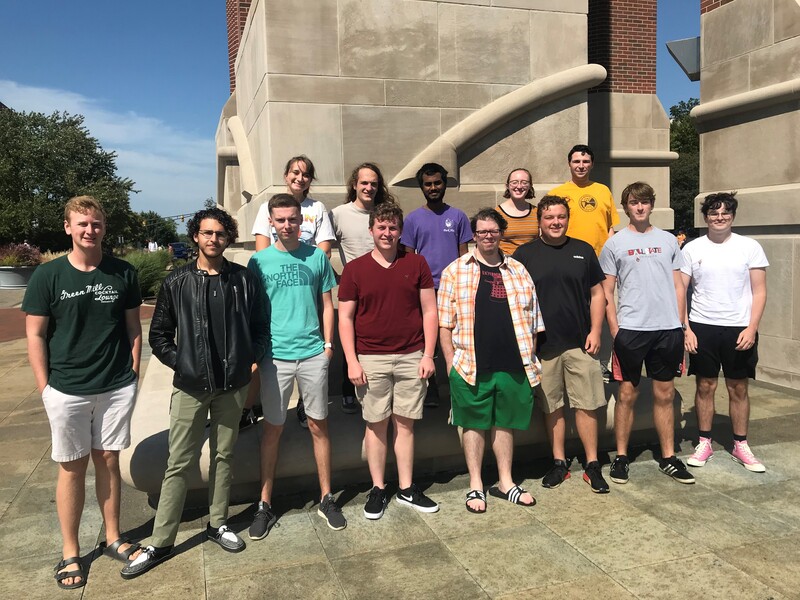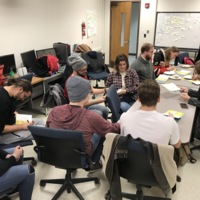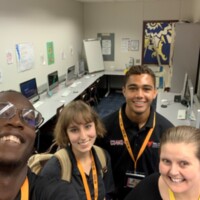Student Impact
Student Impact
CS4MS+ has a positive effect on BSU students. It offers an experience unlike any other CS course. Some participants expressed interest in teaching CS in elementary or secondary schools as a result of their experiences in CS4MS+. Being student-led, participants’ NACE workforce competencies are drastically improved by the end of their participation.
Student Control
With the exception of the first month each semester, the students were largely in control of their destiny, activities, and learning. During the first month, the faculty mentor provided a series of guided discussions and other opportunities to become immersed in the foundational knowledge and experiences that would allow them to move forward on their own to determine the specific direction of CS4MS+. The students engaged in inclusive and culturally responsive pedagogy training, team building exercises, created and worked in teams to evaluate our partners' needs, compiled and analyzed the results, investigated, developed, modified, and validated modules, and delivered the validated resources to our partners for implementation.
Even though the faculty mentor met with the school administration prior to each semester, the students had control over their learning experiences. The mentor worked to establish a solid foundation with the partners, which allowed the students to be more effective throughout the immersive learning experience. The students determined what the CS4MS+ deliverables would be, and how and on what schedule they were going to be produced and delivered. After the first month, the faculty mentor served largely as a resource and a supervisor, rather than a leader or guide.
Student Collaboration
Typically, students begin to work as one large group, but soon recognize the practicality of dividing into smaller teams in order to develop their deliverables in parallel. Once formed into smaller groups, students are able to be more productive and cohesive as a group. Working in this way allows each team to focus more intently on a task, putting forward their best efforts on one specific goal, and it allows students to learn how to work collaboratively and communicate ideas to their peers.
Collaboration with our community partners includes data-gathering, validation, and status report meetings throughout the semester. A few weeks into most semesters, students are able to observe classes to gain an understanding of what was being provided, and the environment in which they were working. However, with COVID restrictions in place, face-to-face interactions with students have been limited as of recent. In absence of these gatherings, students research and provide in-class activities and cirriculum for teachers to explore and distribute.
Student Learning Outcomes
Students experienced and participated in the following activities and experiences during each semester:
- Created a constructive collaborative climate
- Applied previous knowledge and skills to demonstrate comprehension and performance in novel situations
- Created, documented, and curated problem- and inquiry-based learning resources which are user-tested and accessible to all
- Planned, managed, presented, and evaluated a multi-week project developed by small teams using an incremental and iterative approach
- Demonstrated reflective practice for professional improvement
- Demonstrated and strengthened the following workforce competencies, as defined by NACE:
- Career & Self-Development
- Communication
- Critical Thinking
- Equity & Inclusion
- Leadership
- Professionalism
- Teamwork
- Technology
"Participating in this course allowed me to build on many skills that will be useful in future careers. In particular, this course has improved my communication and collaboration skills." ~Participating student




